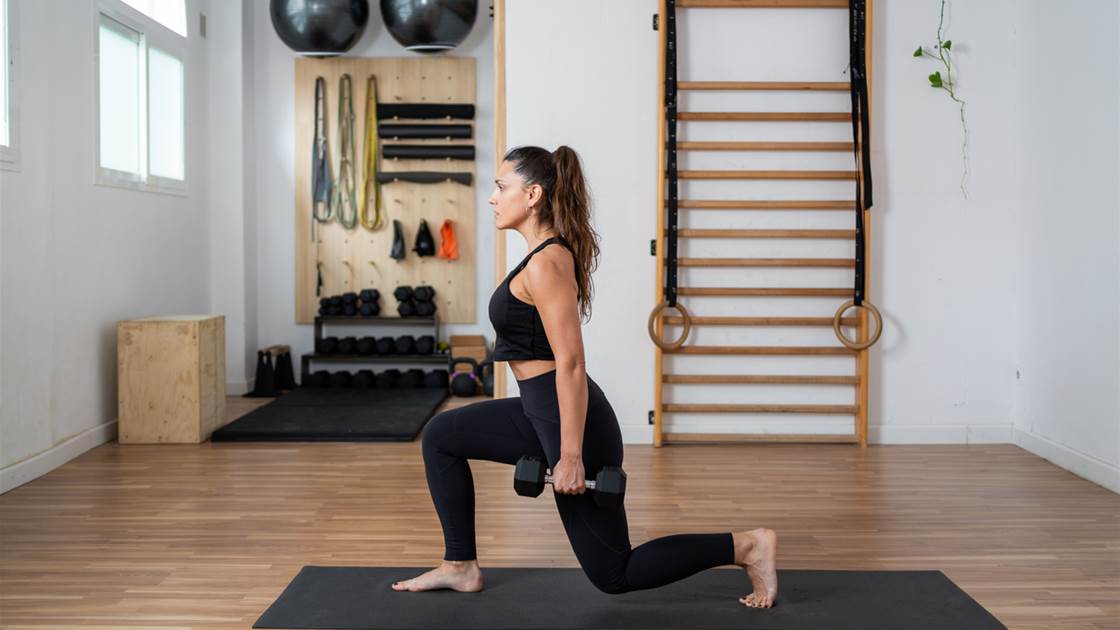An overall decline in the health of your body. Strength training is the most effective for the longevity of this malady. This will allow you to continue many of the physical tasks and support blood and cardiovascular function. Anyone interested in tasks well into their 70s and beyond will need some strength training. In addition, the aging process has produced a stubborn, ingrained state of miserable weakness. Thus, we feel the years all around us, by what seems to be a receding hairline or an ever-increasing waistband. For longevity, you should train yourself first.
Training for Functions Only Possible Through Strength Training
Speaking of those years, we find an ever-stronger pull toward ongoing, progressive exercise. Cardiovascular will become off-weather, but as the years of continued movement for enjoyment, you will find it even more functional in life. True to the science that says what you think you cannot do, will prove itself.
Making a Plan for Strength Training for Life
For high-intensity strength training, reduce the number of sets until you feel comfortable managing the process. You may also realize that you are performing a form of strength training without even realizing it, i.e., moving heavier furniture. Different types may need to be accounted for in that plan, so be reasonable in recognizing what, how often, and in what condition you are actually working strength type training.
What happens when you make habits of strength training?
- Muscle Preservation: You Keep Your Strength and Balance as You Age.
- Better heart and metabolic health: Resistance exercises are known to improve healthy blood sugar and cholesterol.
- Increased bone strength: Weight-bearing exercise.
- Improved mobility and posture: You gain functional strength that helps you move throughout your day.
- Sharper mind: Studies have shown that resistance training improves brain function and focus.
- In basic terms, the stronger you are, the longer and healthier you live.
How to optimally train for longevity – not vanity
Here are some guidelines for making an organized, appropriate routine for longevity:
1. Train with Compound Movements
Go back to cranking out those squats, lunges, deadlifts, push-ups, and change your body in real life. These kinds of exercises work out your whole body, and when you become proficient, performing day-to-day activities such as carrying grocery bags or climbing the stairs in your house will give you a workout.
2. Workout 3-4 Times per Week
You don’t have to smash huge loads every day and still get that effect. You have to make a plan for it. For example:
- Day 1 – Lower body (squats, lunges, glutes)
- Day 2 – Upper Body (push-ups, presses, rows)
- Day 3 – Core & mobility
- Day 4 – Active Recovery or cardio
3. Implement Progressive Overload
In terms of progress, the resistance level is gradually increasing. This may be done with small weight increases, by completing more reps, or simply spending more time under tension. Small but steady progress leads to massive, lasting change.
4. Get Adequate Recovery
During rest time, your body is getting stronger, not while you’re lifting. Add a rest day after each strength workout, not only for rest, but also to do some stretching, yoga, or foam rolling, which can aid recovery and joint health.
5. Fuel for Strength
Whole protein sources, complex carbohydrates, and healthy fats provide enough energy and nutrients to help repair muscle. Good nutrition assists with energy.
The Mental Benefits of Resistance Training
Resistance training also builds mental grit through its physical rewards. Chronic resistance training has been observed to reduce symptoms of anxiety and depression, and to improve mood, confidence, self-esteem, and mental clarity.
Advantages of Strength Training for Mental Health
In addition to physical benefits, strength training builds great mental resilience. Weight-lifting builds discipline, focus, and patience that extend into every part of your life.
Research has demonstrated that regular resistance training can:
- Reduce anxiety and depression
- Enhance mood and confidence
- Increase self-esteem and mental clarity
It is Never Too Late to Start
Human: One of the more pervasive myths in fitness: “Strength training is just for young people”. Studies have demonstrated that elderly individuals in their 60s, 70s, and 80s can gain substantial increases in muscle mass and strength through resistance training.
To begin small, you could:
- Use resistance bands or light dumbbells
- Focus on your form and your breathing
- Gradually increase your resistance
- And make sure you are consistent — progress takes time
When you turn your attention to longevity, your priorities are quickly realigned. You don’t want to lift weights so you can admire the fruits of your labor in the mirror; you want to feel strong in your body. What would you like if you could come and go as you pleased, run and play with your grandchildren, manage your own luggage, and climb in and out of cars without help in your 70s or possibly even your 80s? That is the true reward of
Conclusion
New Materials for the next hero and heroines. ‘As we head into 2025 and beyond, fitness isn’t about the pursuit of perfection; it’s about building a body that works for you as you live your life. Strength training is one of the coolest, easiest things you can do to stay healthy and keep your ability to do the things you want to do as you get older. Train smart and strong for life, not just for looks.
FAQs
2. At What Frequency Should I Strength Train for Long-Term Health?
You should train 2-4 times a week, if possible. In addition, alternating upper-body, lower-body, and whole-body sessions provides even progression and helps prevent overtraining.
3. Do you need heavy weights to reap longevity benefits?
Not really. In fact, light and moderate weights, resistance bands, and even your own body can be powerful tools for amplifying those benefits. As long as you increase intensity gradually, you’ll keep improving.



